Have you noticed a sudden drop in your keywords overnight? Or a slow-decline overtime?
After reading this you’ll have a better idea of why this happened and actionable steps on how to solve it.
In this guide, we’ll reveal the 8 most common causes of keyword ranking drops and how to treat them.
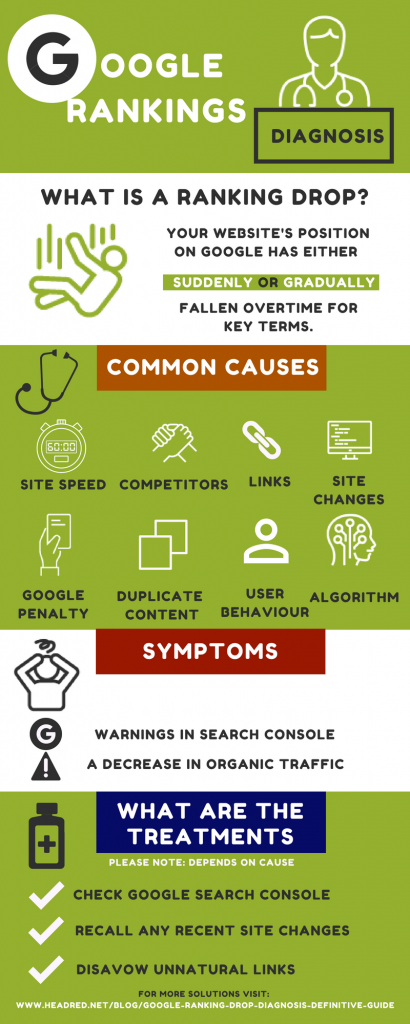
What is a keyword ranking drop?
When the keywords that represents your website fall in their positions in the search engine.
Two Types
-
- Sudden drop – Example: Your website’s keywords decrease by more than 10 positions in a matter of a day.
- Gradual drop – Example: Your website’s keywords fall in their positions over a period of a few weeks or months.
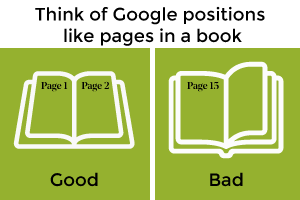
It’s guaranteed that the first two pages of a book are going to be read the most.
Your job is to stay preferably on page 1 of Google and garner the most attention.
8 most common causes
1. Site speed
Google officially stated that site speed would become a ranking factor. They recommend for websites a load-time of fewer than 1.5 seconds.Treatment
Google Pagespeed Insights is a free tool that gives you a detailed audit of your website and actionable steps for improving its speed, simply paste in your URL.2. Competitors
Have you noticed an increase in competition lately in the search results? Or seen that your competitors are doing something different, like releasing new content? Google could be favouring them for a number of reasons, such as speed, fresh content and links. So keep an eye on your priority keyword rankings and who is making a move. This is an entirely different topic that calls for another blog post. Watch this space 👀…Treatment
Do a good scout of your competitors and see what’s new on their website and use the tools below to keep you aware of anything they change in the future.> Google alerts
Set-up Google alerts for certain keywords and branded terms, e.g (name of competitor).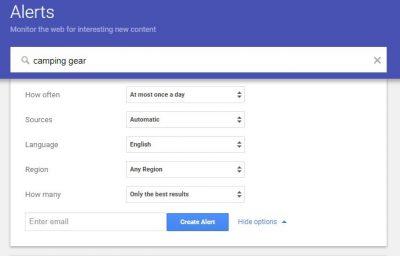
> Watch pages on Facebook
Discover any new content that your competitors are sharing on their facebook pages. This could help you identify any new blogs they’re producing. This will give you instant access to what your competitors post and their weekly engagement levels.
This will give you instant access to what your competitors post and their weekly engagement levels.
3. Links (Type of Google Penalty)
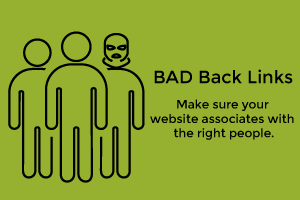
Treatment
If you have any low-quality links pointing to you, first try requesting they remove the link from the site, if that doesn’t work Google’s disavow tool discounts the value of a link to stop you being penalised. You could also start a link building strategy to re-build your link profile from high quality sites.4. Site changes
Can you recall any recent website changes? These could have contributed to a drop in the rankings. These are usually harder to identify, an example could be header tags that have been changed, changes to the website structure/code or content onsite.Treatment
If you can’t think of any changes off of the top of your head try talking to your web development team, or tracking back affected pages through Google Anlaytics. Alternatively Wayback Machine can be used to see old versions of your website at a specific date point. This will help you identify any frontend design and content changes.
5. Duplicate content: Google Panda
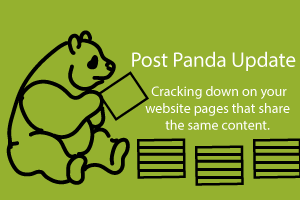

Treatment
Use Copyscape tool to check if you have any duplicate content on your site. If you find you do start putting together a content plan to refresh these pages, also if you find your pages may be low HTML:text ratio and so need filling out with quality text. Once you’re done getting your site ship-shape try submitting a reconsideration request to Google to see if you can resurrect your site in the rankings. Please note When your website faces a penalty, you have to regain Google’s trust back. Before you do anything to your site, always think ‘would Google be happy with this?’6. Google Penalty
These are also known as ‘manual actions’ that are imposed by Google because of a number of reasons. Including unnatural links, keyword stuffing, hidden redirects and more.Treatment
The main point of call is the webmaster console and to check under ‘manual actions’.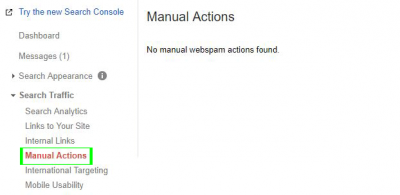
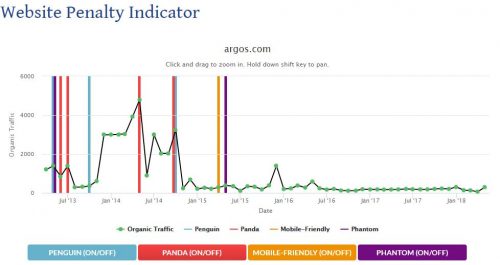
7. Algorithmic Penalty
Instead of being manual this is an automatic penalty, which is not reported on webmaster tools. These can be a result of the day-to-day algorithm changes at Google.Treatment
Now comes the detective work. Head straight to Google analytics and examine your Google organic traffic across a period of a few years, so that you can factor in large-scale algorithm updates. Look at where your google organic traffic started dropping and compare this with the dates that new algorithms were released. Use Search Engine Land to see news latest algorithm updates, or MozCast to see the algorithm weather report
8. User Behaviour
So you’ve come to the conclusion that none of the above caused your rankings to drop? Well it could actually be a change in behaviour from your consumers. User behaviour and more specifically click through rate *is rumoured* to have an impact on your rankings. Check in Google search console to see what your current CTR looks like.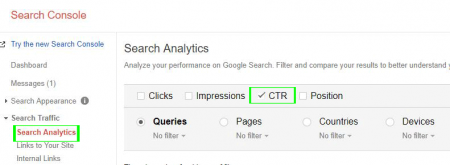
Treatment
One of the most easy and powerful ways to increase CTR is by adjusting your meta data. Be descriptive, use numbers, keywords and experiment to see what works and what doesn’t to encourage users to choose to click your site above all others.

